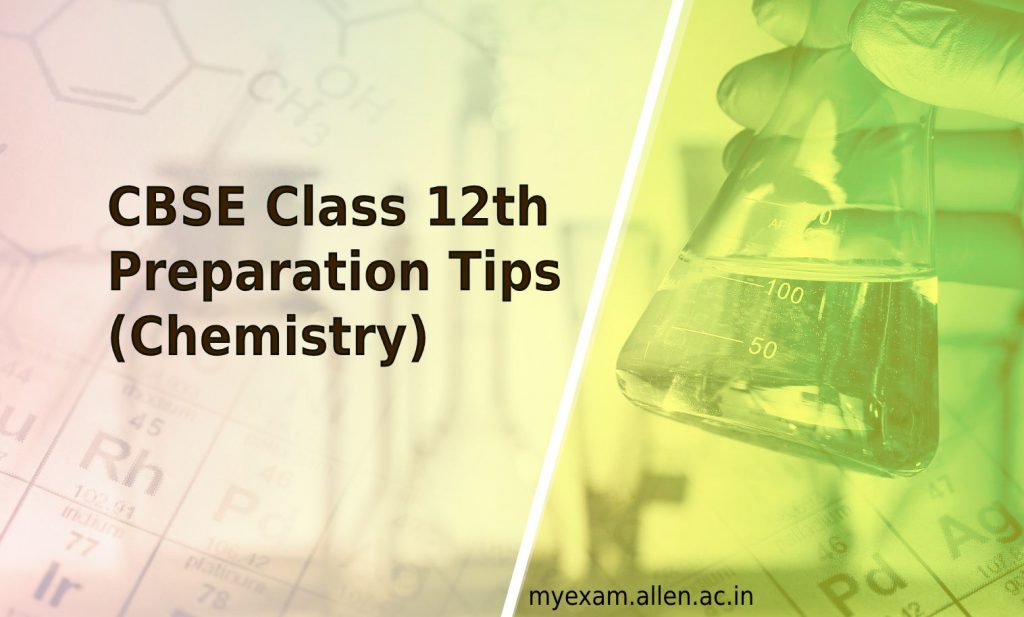
When an examination that is believed to be life-changing is round the corner, it could be a stressful time for many students. These examinations not only test a child’s knowledge and calibre but also the preparation and hard work that he/she has put in. While writing the examination there is one thing that is more important than knowledge, it is the smartness of attempting the paper. And this smartness can only arise if a child has prepared himself well and is aware as to how to write down the paper.
The following are the tips that are put down by our subject matter expert to help your child prepare well and to know how to study the smart way
A CHECKLIST FOR THE EXAMINATION:
- Be relaxed and confident in the examination hall
- Be punctual as the entry in the examination hall will be exactly at 10 AM and no student will be permitted post the entry time.
- The question paper will be distributed at 10.15 AM and you would be given exactly 15 mins to read the question paper
- Seal of the answer sheet will be removed at 10.30 AM and you will have precisely 3 hrs. to finish your paper so manage your time effectively
- Make sure you answer every question in a clear handwriting
- Do not make use of red, green, and any other coloured pen
- Try to complete your paper at least 10 to 15 minute before, so that you have time to briefly recheck of your answer
- Make sure to recheck your answer script as it will help you in avoiding any silly mistake
SUBJECT SPECIFIC PREPARATION TIPS:
- Attempt at least 3 full syllabus mock tests & maintain a copy of their corrected answer
- Always attempt the long answers first
- Before selection carefully read the internal choice of a particular question
- For conceptual question of IOC do the solved as well as in text example of NCERT
- Do the latest CBSE sample paper
- Attempt numerical in the end and avoid calculation
- Prepare a study plan and make sure it is time bound for all the subjects
- Solve sample paper as it will help you in boosting your confidence
- Try to understand the topics instead of rote learning them
- To break the monotony, occasionally study with your friends and discuss some explanatory topics
[quote]ALLEN Career Institute announces admission for Session 2020-21 for JEE (Main+Advanced), JEE (Main), Pre-Medical (AIPMT (NEET-UG)/ AIIMS), Pre-Nurture & Career Foundation (Class VI to X, NTSE & Olympiads). Click Here: www.allen.ac.in[/quote]
IMPORTANT TOPICS – CHAPTER WISE
Unit I: Solutions
Expression of concentration of solutions (M,m),Henry law & application Raoult’s Law, Ideal-non ideal graph determination of molecular masses using colligative properties(numerical), Abnormal molecular mass, Van’t Hoff factor, Azeotropic solution, Hypertonic, Hypotonic, Isotonic.
Unit II: Electrochemistry
Specific and molar conductivity, variations of conductivity with concentration, Kohlrausch’s Law, electrolysis and law of electrolysis (numerical), Lead accumulator, Nickel cadmium battery, Nernst equation , Gibbs energy change and EMF of a cell(numerical), Fuel cells, Corrosion, Electrochemical cell & SHE.
Unit III: Chemical Kinetics
Order and molecularity of a reaction, Rate law and specific rate constant, Integrated rate equations and half life (only for zero and first order reactions), Collision theory. Activation energy, Arrhenious equation (numerical), Factors affecting the rate of reaction.
Unit IV: Surface Chemistry
Adsorption – Physisorption and chemisorption, Factors affecting adsorption of gases on solids, activity and selectivity; enzyme catalysis. Colloidal state, lyophilic, lyophobic multi-molecular and macromolecular colloids; Tyndall effect, Brownian movement, electrophoresis, coagulation, emulsion – types of emulsions. 144, 145, Micelle, Application of colloids, Purification, Bredig’s Arc method, Hardy Schulze Rule, Zeta potential, Gold Number.
Unit V: General Principles and Processes of Isolation of Elements
Froth flotation, leaching of Al2O3, Gold, Low grade copper, Thermodynamic principles, Vapour Phase, Zone, Mond, Van arkel, Chromatography (principle) extraction of aluminium, Copper, Zinc and iron, Diagram of blast furnace, Reverberatory furnace.
Unit VI: “P”-Block Elements
Structure of oxo acid, Reasoning based question and reaction on properties of element like Haber process, Contact process, Ostwald process
Unit VII: “D” and “F” Block Elements
Trends in properties of the first row transition metals – Metallic character, Ionization enthalpy, E°, Oxidation states, Ionic radii, Colour, Catalytic property, Magnetic properties, Interstitial compounds, alloy formation, Misch metal,Preparation and properties of K2Cr2O7 and KMnO4. Lanthanoid contraction and its consequences, Comparison between Lanthanoid and Actinoids.
Unit VIII: Coordination Compounds
IUPAC nomenclature of mononuclear coordination compounds. Bonding, Werner’s theory, VBT, and CFT; Structural and stereoisomerism, G.I. &O.I., Importance of coordination compounds, Synergic bonding.
Unit XIII: Biomolecules
- Carbohydrates – Classification (aldoses and ketoses), Monosaccahrides (glucose and fructose), D-L configuration oligosaccharides (sucrose, lactose, maltose), Polysaccharides (starch, cellulose, glycogen); Importance of carbohydrates.
- Proteins -Elementary idea of – Amino acids, Peptide bond, Polypeptides, Proteins, Structure of proteins – Primary, Secondary, Tertiary structure and quaternary structures (qualitative idea only), Denaturation of proteins; Enzymes. Hormones – Elementary idea excluding structure.
- Vitamins – Classification and functions.
- Nucleic Acids -DNA and RNA.
Unit XIV: Polymers
Classification – Natural and synthetic, methods of polymerization (addition and condensation), copolymerization, Some Important polymers: natural and synthetic like polythene, Nylon, BUNA-S, BUNAN, Teflon, Terelyene, Glyptal, Melamine, Bakelite, Rubber. Biodegradable and non-biodegradable polymers, vulcanized rubber
Unit XV: Chemistry in Everyday life
- Chemicals in medicines – Analgesics, Tranquilizers antiseptics, Disinfectants, Antimicrobials, Antifertility drugs, Antibiotics, Antacids, Antihistamines.
- Chemicals in food – Preservatives, Artificial sweetening agents, Elementary idea of antioxidants.
- Cleansing agents– Soaps and Detergents, Cleansing action.
From unit IX to XII (Organic Chemistry)
- IUPAC Naming (1M)
- Reasoning (3M)
- Mechanism (2M)
- Inter-conversion / A,B,C,D (5M)
- Word Problem (3M)
- Chemical Test (2M)
- Name Reaction (2M) | Total (18M)
CBSE Class 12th Chemistry Sample Paper
Be focused and determined and rest will automatically fall in place. ALL THE BEST !!!


